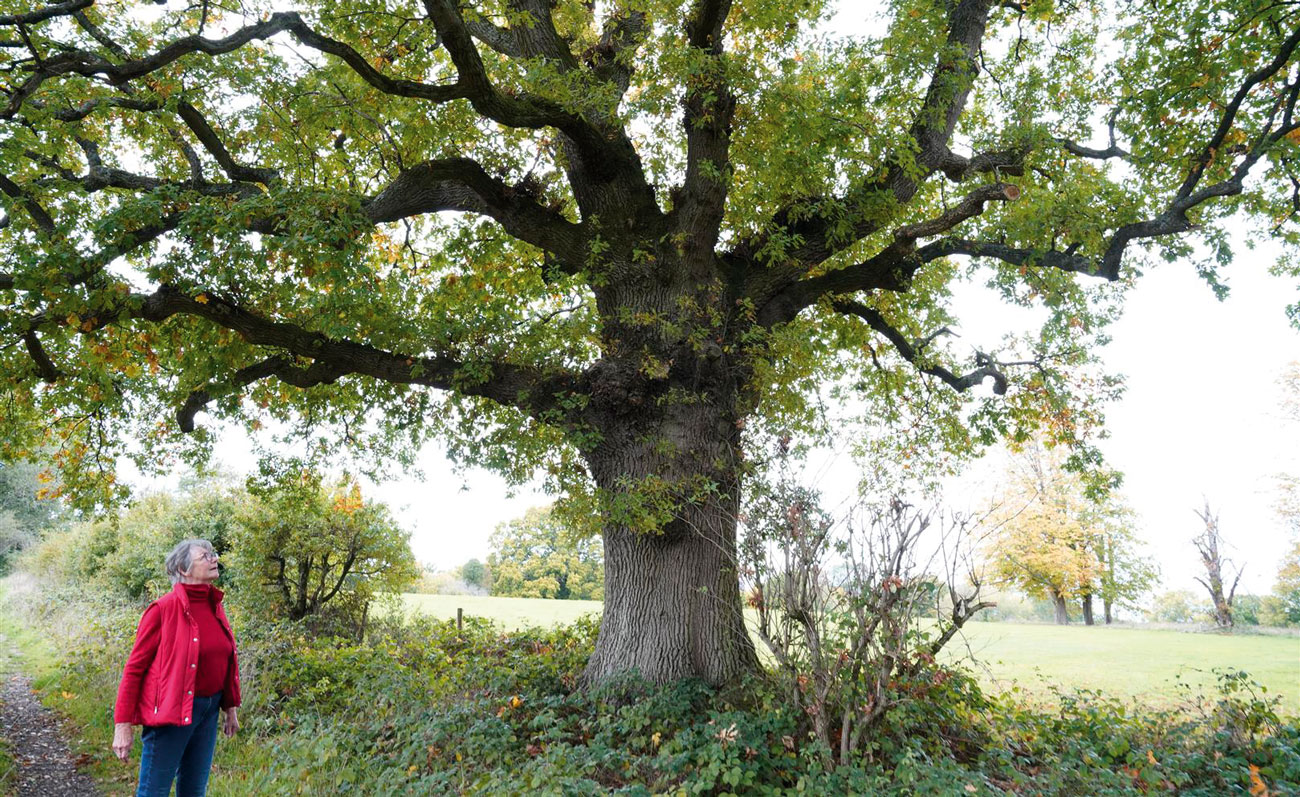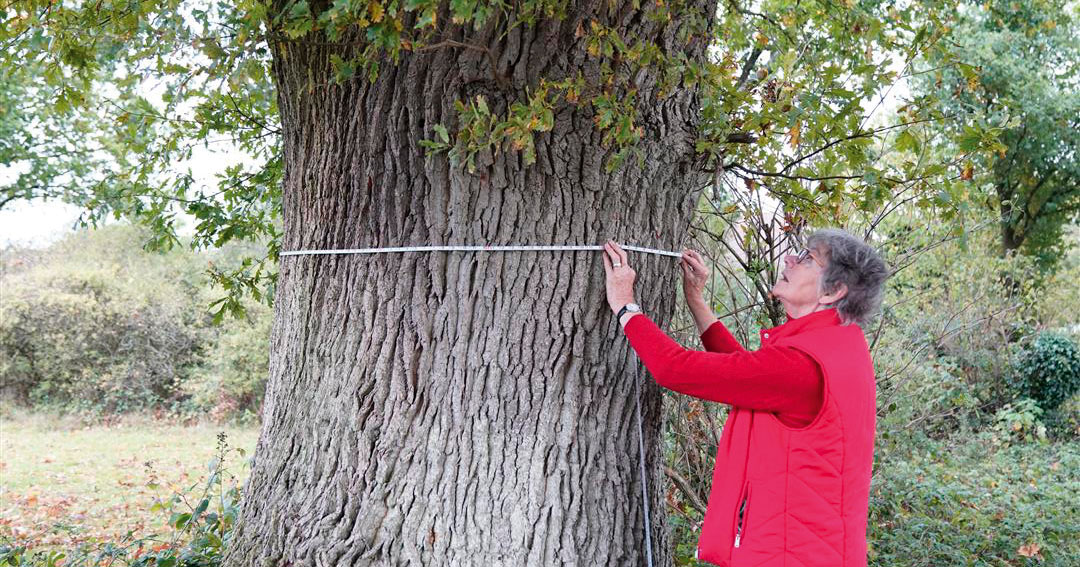
Ancient woodland is an ecosystem – and recent research has shown that trees live and thrive in communities. They are able to communicate through a variety of methods; now nicely called the wood wide web, and there is growing evidence that they can contact each other above and below ground. The chemical and electric processes are fascinating and if you want to read more about this, Peter Wohllenben’s book The Hidden life of Trees is an absorbing and fascinating read. It has been an international bestseller and might profoundly change the way you look at trees.
They appear to be able to nuture ailing trees in their vicinity and to release chemicals that warn other trees of pests and dangers. More controversially, he claims that trees feel pain. It appears that when trees receive certain negative stimuli, they release a chemical called *Ethylene.
What is harder to test is what exactly are the trees ‘feeling’ and can it compare with what humans and animal experience as pain? As it has been pointed out trees have neither brains nor nervous systems. It is also interesting to conjecture that if it were proved that trees do feel distress, would it change our behaviour towards them? It is enough to make a willow weep.
There is a rather rough method for measuring the age of a tree. The measurement is taken at 5ft from the ground – and for every inch of trunk you add a year. This is not without its problems as some years the tree makes much better growth than others. If you look at the tree rings of a felled tree, you can easily see that. With climate change, dendrologists are finding that trees are maturing more quickly, but also dying more quickly. It is always said that oaks grow for 300 years, consolidate for 300 years and die for 300 years. A huge time span, and one of the reasons we know so little about trees is that they do everything to a different time scale.
The Cranleigh Tennis Court Oak, which I wrote about last month, appears to be about 156 years old. This ties in with what can be observed in the surroundings. When the Victorian agricultural enclosures began, much common land disappeared in the name of greater efficiency. There were definite winners and losers; large landlords became richer – the ordinary people who had relied on common land for pannage and timber were, in effect, excluded. The enclosure laws stipulated that hedges were planted and at intervals native trees were established.

The Hitherwood area, on an early map, appears to have been common land, and then it was enclosed. If you now wander through the estate, especially the Nightingales end, and look between the houses and above the roof lines you can still see where the old hedge boundaries were, now lined with large oaks. Mature trees absorb pollution, help flood control, quieten sounds from aircraft and traffic, and have aesthetic and mental benefits. Worth reminding oneself when the autumn cascade of leaves and acorns fill the garden.
Autumn is the time for fungi. They pop out of the mysterious underground to remind us that, as Wohllenben believes, there is an active, interconnected world under there.
The photos this month were taken by Mark Matthews, a volunteer at Beryl Harvey Fields.
We have regular maintenance days at Cranleigh’s Conservation Site at Beryl Harvey Fields. We would welcome more volunteers. Contact Philip Townsend at: for details.
*The plant hormone Ethylene is a combatant for salinity in most plants. Ethylene is known for regulating plant growth and development and adapted to stress conditions. Central membrane proteins in plants, such as ETO2, ERS1 and EIN2, are used for Ethylene signaling in many plant growth processes.











